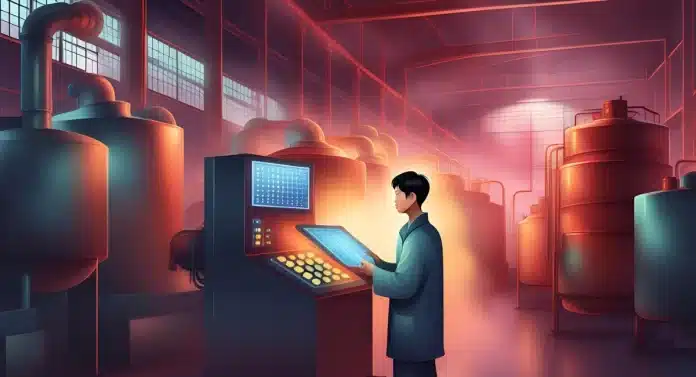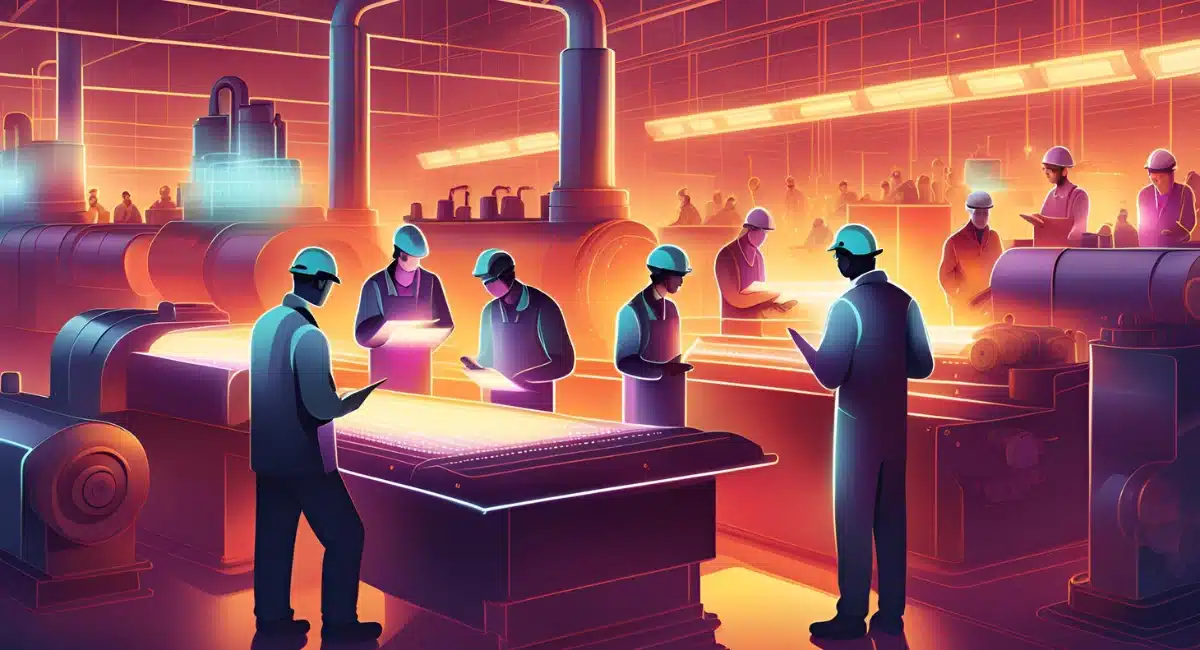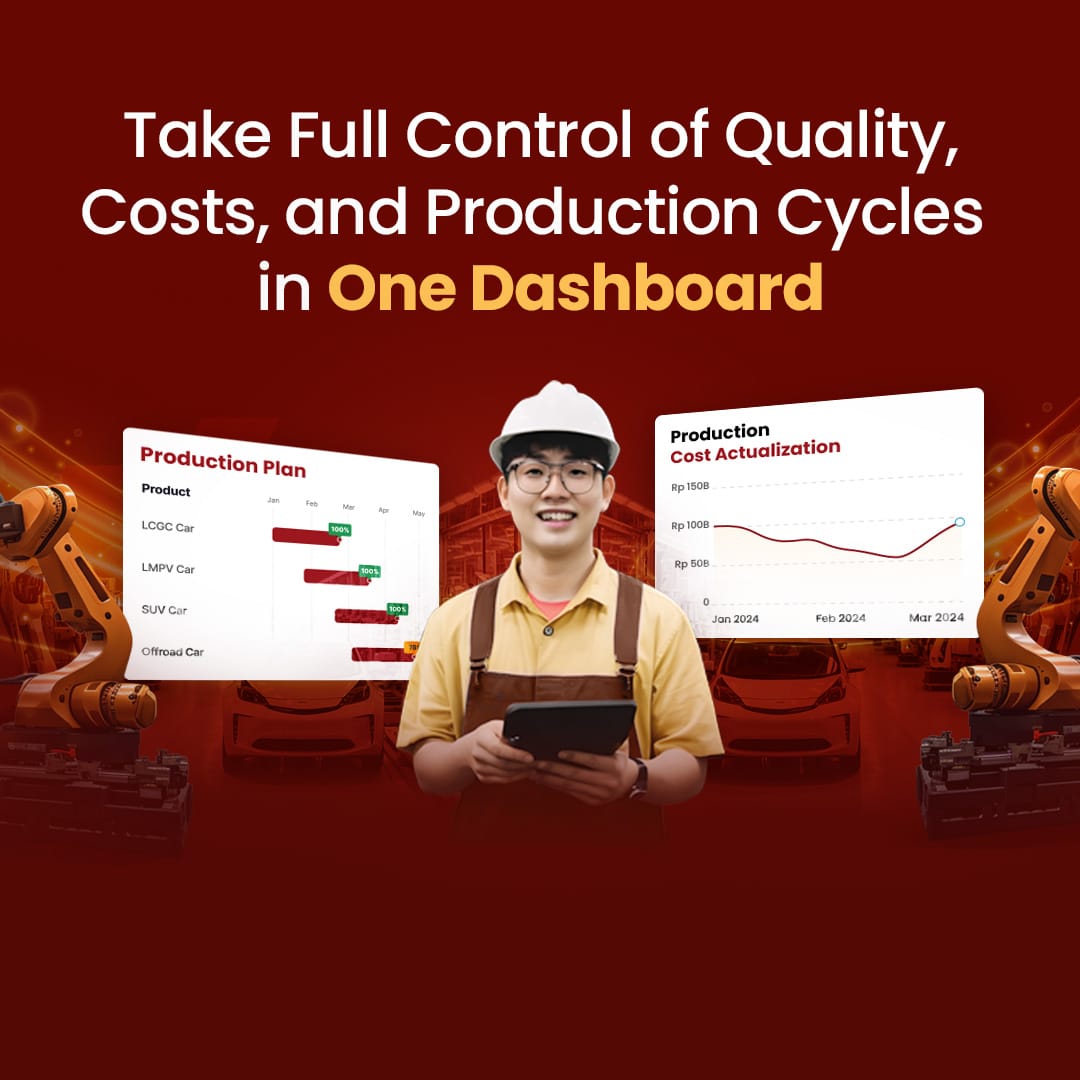In the manufacturing industry, we recognize the term Bill of Materials, or simply BOM, as a must-have calculation in management. The term manufacturing application is already widely known by manufacturing companies because it can simplify all jobs with fast and accurate results. Then, what is a bill of materials? This article will give you a complete explanation of BOM, from its definition, importance, structures, types, to efficient BOM management.
Let’s start!

Table of Content:
Table of Content
What is a Bill of Materials (BOM)?
Bill of Materials (BOM) is a complete list of compulsory materials and components in product manufacturing. BOM does not only encompass raw materials but also the assembly, sub-assembly, sub-component, and other parts in the production process.
The format of BOM varies depending on the manufacturing processes. However, there are two common BOM types. The first is BOM used in the engineering phase or product’s first development (eBOM). The second type is BOM associated with the time when the product enters the mass production phase and shipped to the customers (mBOM).
We will further discuss these BOM types more.
Why is Bill of Materials important?
The definition of a bill of materials sounds simple. However, everything that sounds easy in technology usually involves something complex. Then, what should there be BOM?
BOM contains all components that you need in production, from the designing phase to the manufacturing phase. The total cost stated in BOM is valuable information for the purchasing and financial departments.
Moreover, the price of the product depends on BOM to determine its production cost and margin. The logistics department will retrieve information such as the requirement for packing and shipping. Furthermore, BOM can also be a specification reference to repair or replace a product for the service department.
Related article: 5 Mistakes in Manufacturing Production Planning
What should you include in a Bill of Materials?
Hare are bill of materials components that you must include:
- BOM Level: Every part or assembly in BOM should have a number or ranking that represents its hierarchy. This will help the BOM reader to understand it.
- Part number: Assign part numbers in every item to each item so that the reader can identify in which production cycle they belong easily.
- Part name: Give a name for every part, material, or assembly that is easy to understand so the reader can understand it without having to look for a reference.
- Phase: Make sure that all stages of each part in BOM. Use easy-to-understand phase names such as “In Production” or “In Design”.
- Description: Assert descriptive and comprehensive information on each material or part. This description is useful to distinguish similar items.
- Quantity: Specify the amount of the items listed. The purchasing department will rely on this to keep the production running.
- Unit of measurement: Specify the unit of measurement that you use in order to quantify the items, such as “kilograms” or “meters”.
- Procurement type: Identify the procurement process of each item, whether you produce the items or your own, or purchase them from vendors.
- Cost: The amount of money spent on parts production or purchase.
- BOM notes: Insert any relevant information about BOM.
BOM Structure
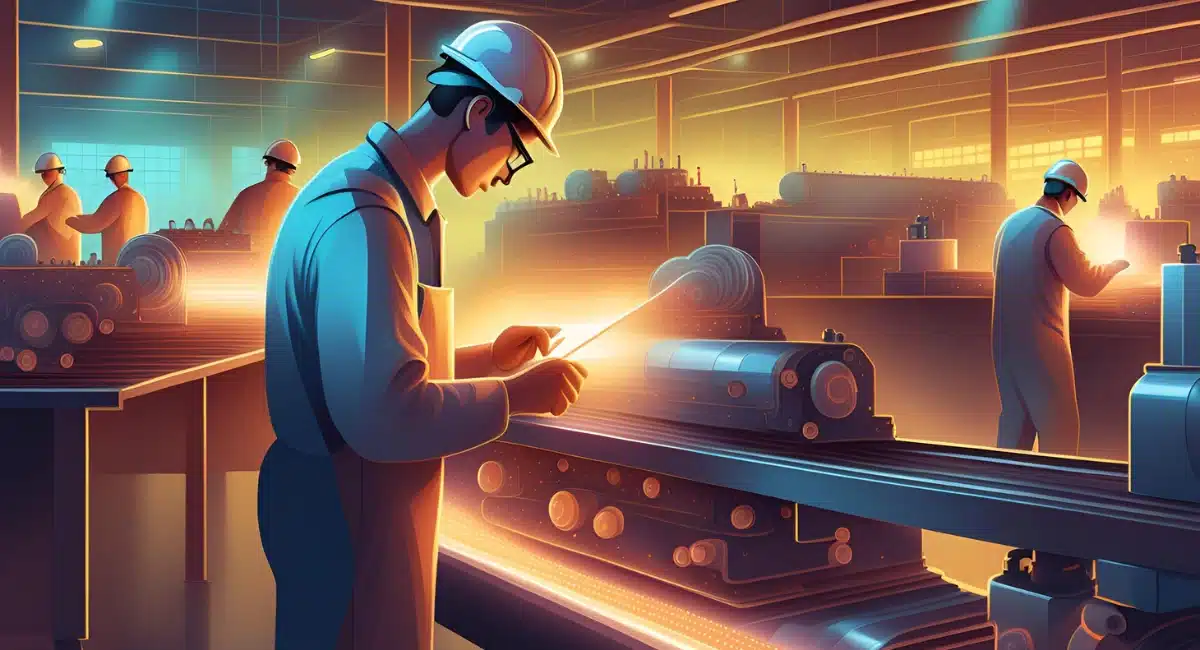
The Bill of materials structure serves for how the components are written in that list. Here are the two common BOM structures:
Single-level BOM
A single-level bill of materials is BOM that contains the list of components in which the assembly or sub-assembly appears only once. It is easier to create but not suitable to list the components of a complex product.
This is because Single-level BOM does not state the relationship between assembly or sub-assembly or between children and parents part. Hence, if a product undergoes failed manufacturing, it’s difficult to find what to repair or replace with this BOM structure.
Multi-level BOM
The structure of this BOM is more complicated and requires more attention than the single-level bill of material. It represents all the components in each manufacturing cycle. However, the information it contains is obviously more detailed and specific. There is clear information about the relationship between assembly and sub-assembly and between children and parents part as well.
You can also explore other articles related to bill of materials templates, which provide detailed insights and examples to help you create accurate and efficient documentation for your manufacturing or project needs.
Bill of Materials Types
When talking about the definition of a bill of materials we have nudged eBOM and mBOM. What are they?
Engineering Bill of Material (eBOM)
eBOM is the BOM that informs all the components used when the product is in the engineering or design phase. Usually, the engineers carry out this phase with Computer-aided Design (CAD) or Electronic Design Automation (EDA) as their aid tools.
A product design might have a lot of eBOM. For example, BOM for a circuit board designed by electronic engineers will contain a resistor, chip, capacitor. Meanwhile, BOM created when the product is in the hand of mechanical engineers will contain various hardware and other parts. There will be revision BOM as well.
In short, eBOM is all BOMs created during the design phase of a product.
Manufacturing bill of materials (mBOM)
mBOM is a BOM that represents how a product is manufactured. It contains all part requirements before it enters the assembly and shipped to the customers.
Therefore, mBOM does not only contain the component of the product itself but also the materials for the packaging, user manual, and other components necessary for proper functionality. Whatever that customers find in the box should be listed in the mBOM.
mBOM accuracy is vital. Otherwise, the production process will be slow, incorrect, or unable to be carried out at all.
Effective Bill of Materials management
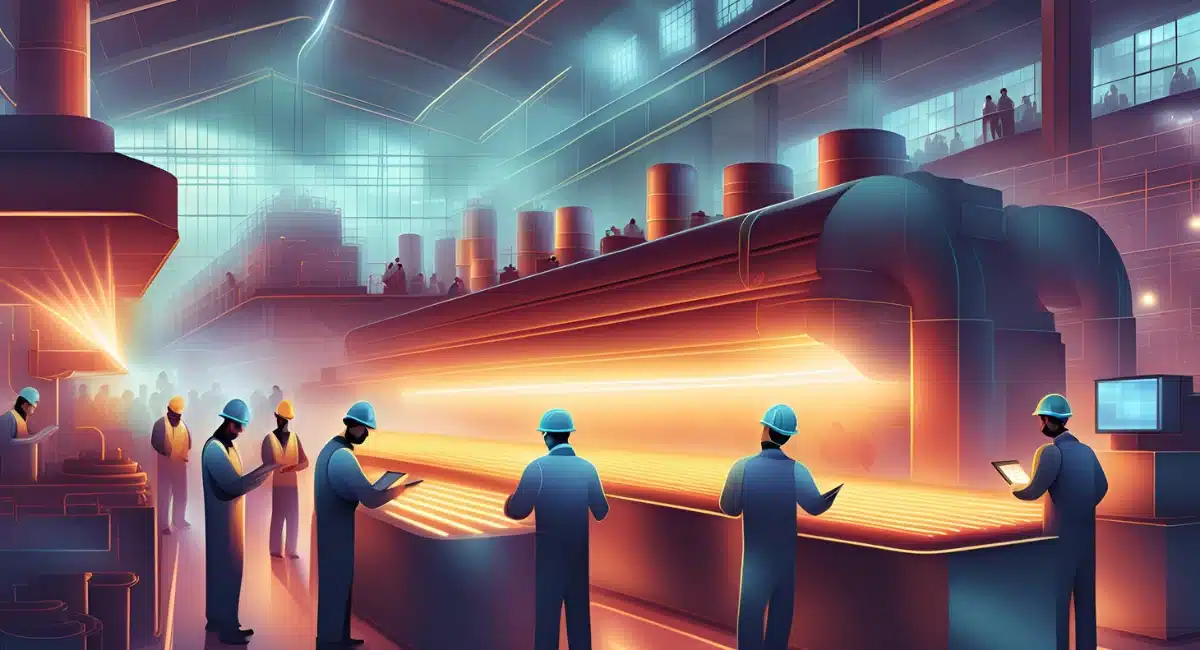
The bigger the company, the more massive the production and the complexity of BOM also increases. So now, many manufacturing companies have switched to using manufacturing software. You can create, store, and view BOM in one platform in real-time through this software. You can view images of each component, BOM version and previous products, set workflows and more.
Manufacturing software can be integrated with other business operations such as accounting software, purchasing, sales, supply chain, warehouse management system, and others. Thus the BOM you create can be helpful efficiently, and your company can collaborate well.
Wrap Up
Now, you have the answer to “What is a bill of materials”. Managing and creating BOM manually is time-consuming and tiring because there are a lot of types and components that you should include. If there is a problem in the BOM management, the effect will proliferate to the whole company, business partners, even supply chain in wide areas.
Manufacturing software from HashMicro can improve the operational efficiency of your manufacturing business with flexible and cost-efficient process manufacturing with the best manufacturing software. Schedule a free demo now to experience the transformational power it brings to your operations.




